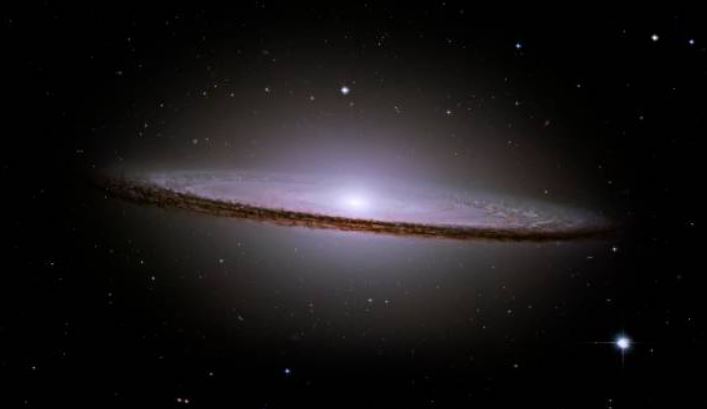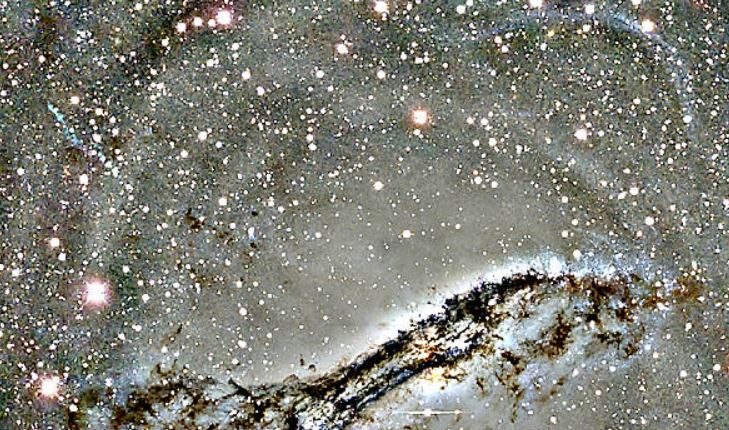
In a surprising turn of events, astronomers have stumbled upon a dark galaxy named J0613+52, filled with primordial gas and seemingly devoid of visible stars.
This unexpected finding is touted as possibly being “the faintest galaxy found to date,” and it was not the result of a deliberate investigation but rather an accidental occurrence during observations with the Green Bank Telescope (GBT).
Unraveling Hydrogen Gas Secrets in LSB Galaxies
Remarkably, J0613+52 is not located billions of light-years away, allowing scientists a unique glimpse into the early stages of the universe. Positioned approximately 270 million light-years from Earth, this dark galaxy challenges previous notions about Low Surface Brightness (LSB) galaxies.
The discovery was part of a survey investigating hydrogen gas in LSB galaxies, employing major radio telescopes worldwide, including the Green Bank Telescope and the Nançay Radio Telescope in Paris. LSBs, known for their sparse distribution of stars, emit minimal light per unit area, making them challenging to detect.
J0613+52, unlike other galaxies in the survey, stands out due to its distinctive properties. Despite being an LSB, it exhibits characteristics of being both undisturbed and underdeveloped.
The galaxy appears rich in gas, but contrary to expectations, it does not display typical star formation, possibly due to the diffuse nature of its gas.
Karen O’Neil stated, “What we do know is that it’s an incredibly gas-rich galaxy. It’s not demonstrating star formation like we’d expect, probably because its gas is too diffuse.” Furthermore, its distance from other galaxies prevents interactions that might trigger star formation.
The most intriguing aspect of J0613+52 lies in its composition of primordial gas, primarily hydrogen and helium created shortly after the Big Bang. This contrasts with galaxies further away in cosmic history that have been enriched with heavy elements from exploding stars.
Read more: Lost Cities Flourished In Amazon Valley 2,000 Years Ago
Astronomers Uncover Cosmic Mysteries

Surprisingly, the dark galaxy exhibits a rotational motion akin to a normal spiral galaxy, adding to the mysteries surrounding its nature and evolution.
The discovery has raised more questions than answers, prompting astronomers to contemplate whether there are similar ultra-dark LSBs awaiting discovery.
The team proposes further investigations through deep imaging in multiple wavelengths, emphasizing the potential of the Green Bank Telescope’s sensitivity in uncovering more of these elusive objects.
As the scientific community grapples with this accidental revelation, the unique characteristics of J0613+52 beckon further exploration into the hidden realms of the cosmos.
Read more: eBay Faces $3M Fine As Federal Charges Surface In Live Insect Mailings Scandal

